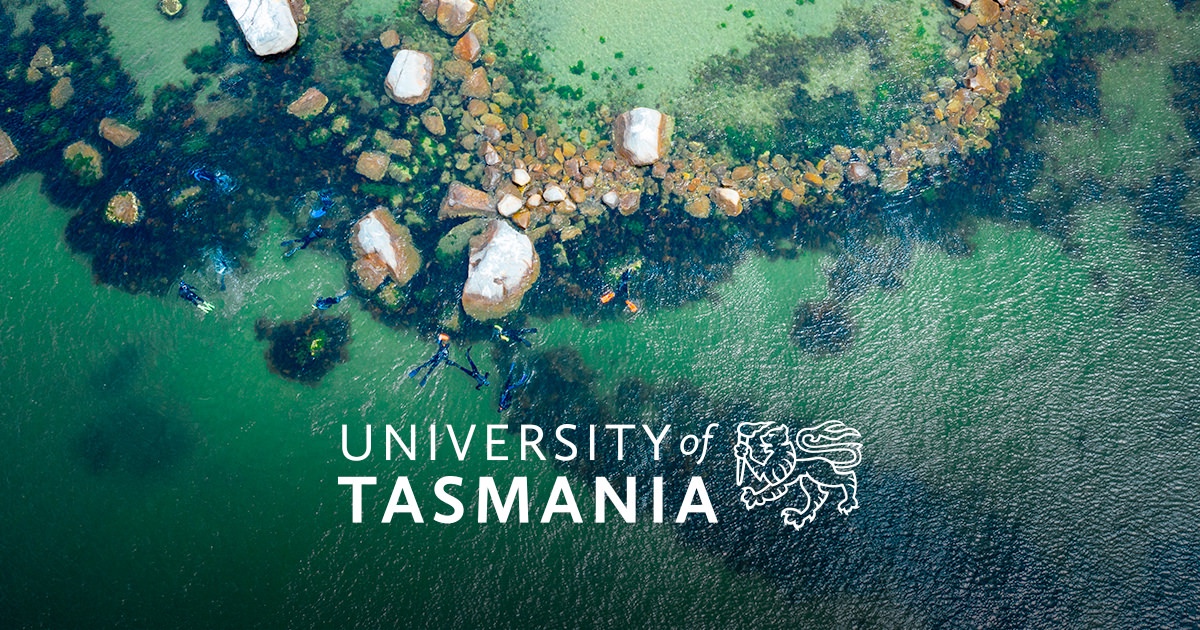Commonwealth Environmental Water Office
MEDIA RELEASE
The current wet and plentiful conditions at the Macquarie Marshes in New South Wales provide the perfect platform for the highly distinctive Intermediate egrets to breed, with an expected baby bird boom in January and February 2022.
Other species of egrets as well as ibis, herons and cormorants are also prevalent in a significant bird breeding event not seen for several years.
Commonwealth Environmental Water Office (CEWO) Local Engagement Officer Jason Wilson said he is excited to see water connecting wetlands and floodplains to provide ideal conditions for colonial waterbird breeding.
“There has been a long-term trend of declining waterbird populations across the Murray Darling Basin. These large colonies are critical to sustaining and ultimately recovering waterbird populations,” he said.
A New South Wales Department of Planning and Environment (NSW DPE) helicopter flight in November confirmed there were colonies of egrets nesting in river red gum woodlands at several locations in the Macquarie Marshes, on both private and public land.
More recent inspections on foot, and with drones, have indicated those colonies expanded in response to the November rain. There are now large-scale ibis colonies that include all three ibis species (Straw-necked, Glossy and Australian white).
NSW DPIE Senior Wetlands and River Conservation Officer Tim Hosking said ground surveys have identified that the egret colonies are mostly Intermediate egrets and Nankeen night-herons, with some Eastern great egrets and Cattle egrets alongside some cormorants and darters.
“It is a significant colonial breeding event now – getting towards 2016 levels – which was the last time we had large-scale colonial nesting in the Macquarie Marshes. 2010-2011 was the other major nesting year since 2000.
“The iconic Macquarie Marshes has supported some of the largest colonial waterbird breeding events in Australia and is internationally recognized as a Ramsar site.
“Our monitoring found that at the end of last year, adult egrets were incubating eggs. After hatching around Christmas, adult birds will then feed young until late February when their chicks take flight.
“We’ve also seen a wide variety of non-colonial waterfowl take this opportunity to nest, including Magpie geese, brolgas and duck and waterhen species.
“The cryptic and endangered Australasian bittern and Australian painted snipe have both been recorded within the wetland system recently, though finding their nests is a challenge. They’re too cryptic but we assume they’re also busy nesting given the wet conditions,” he said.
Local Engagement Officer Jason Wilson, who is a frequent bird watcher outside of his work, said the various bird species use the Macquarie Marshes as a great place to start a family in response to good wetland inundation.
“Locals in the area would have seen egrets displaying their showy breeding plumage. The long white plumes give breeding birds a distinctive fluffy feathery look,” he said.
Egrets make their nests by creating a shallow platform of interwoven sticks on a horizontal branch in a tree that is standing in water – in the Marshes these are predominantly River Red Gum and River Cooba trees.
Tim Hosking said NSW DPE would monitor the colonies and conditions and decide if any water for the environment was needed to support the colonies over the coming months.
“It’s important to maintain water levels so colonial birds can feed and gather food for their young and for the juvenile birds to continue to feed after they leave the nest.
“We look forward to further monitoring when we expect to see baby egrets, night herons and ibis in large numbers, which will hopefully boost their populations,” he said.
For further information about the Macquarie Marshes please contact the CEWO Local Engagement Officer in your area. See Local engagement for contact details.








